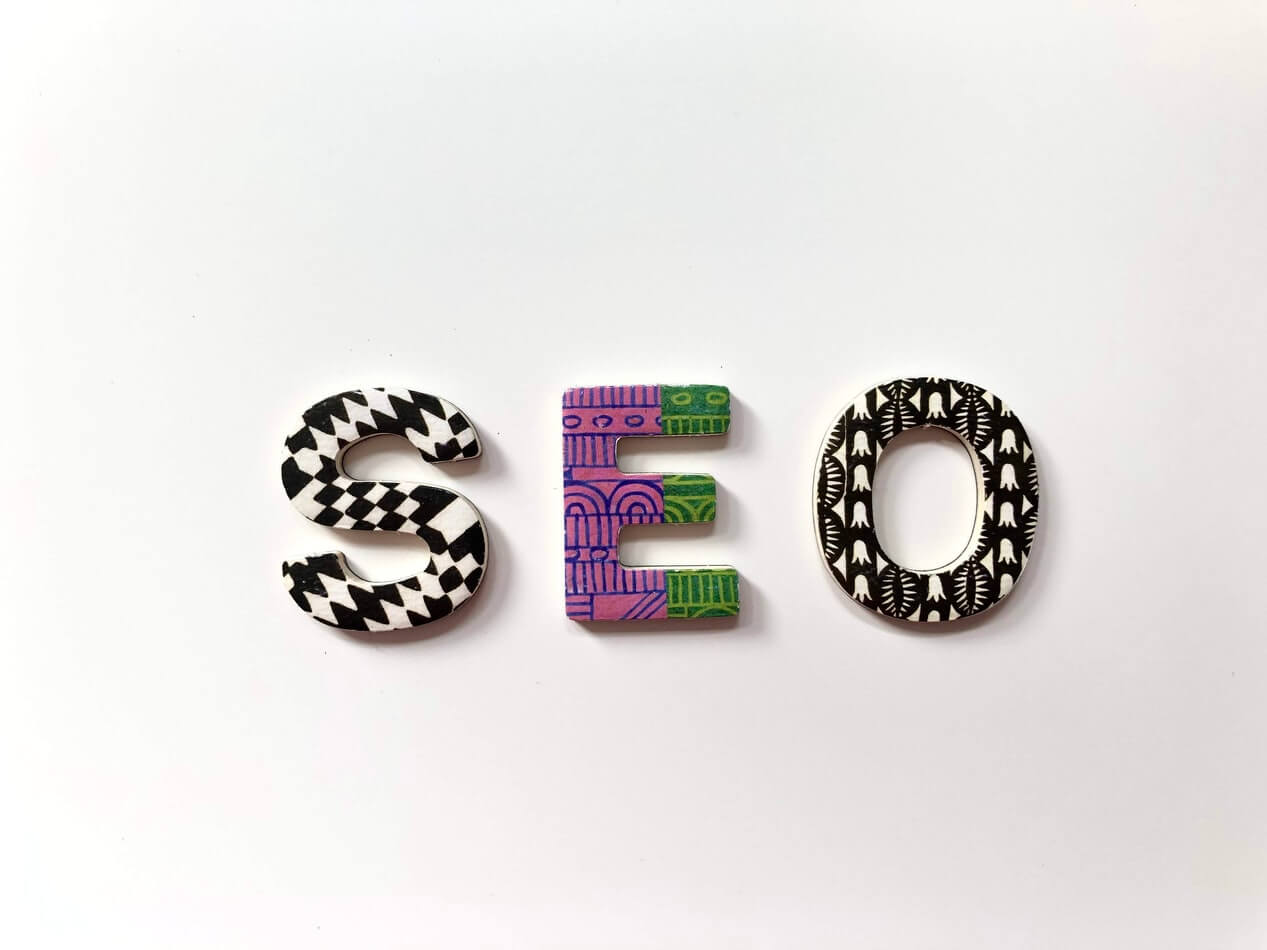Site navigation means the architecture or the framework of your site. Building a Search Engine friendly navigation together with visually appealing effects is a good SEO practice.
Here are the few tips which helps you to design your site that’s optimal for both Search Engines and your Visitors. I have summarized the post in such a way to help both web developers and SEO experts.
Universal Navigation
Those navigation strips that you can see on Top of most websites are the Universal navigation. They are located on Top of most Websites. The strip remains unchanged for all the pages and helps to focus visitors to the important pages of your site. Some sites use it on the left side as a side bar. Erident’s Nav-bar looks like this:
Search Engines see this like every page of your site is linking back to those top pages. So they rank those pages well among your internal pages. The navigation bar may include a table of sub-contents. Its a good On-page optimization tip to build the sub-content to link-back to its parent directory.
Implementation
- Give priority to include the important keywords to the nav-bar. Use the analytics report of your site and choose the popular search terms.
- Find the pages of you website that receives the most traffic and include them to the navigation. This will help your visitors and Search Engine to understand the importance of that page.
- Try to find the visitor’s favorite exit pages which contain any contact information or location. Do include those pages.
- Build Categories for your products and include them in the bar. Use Keyword Analysis Tools to find the best category name for a product.
Drop Down Menus – only CSS.
Drop down menus are common. They are easy to implement, but hard for Search Engines. If possible make your navigate through site without those because the mobile or tablet platforms never display these drop-down. Always use CSS navigation elements for building this drop down menus.
Three Links Deep Rule
Make sure that any web page of your site is accessible with a maximum of 3 clicks. This is more favorable to visitors than Search Engines and reduces the Bounce rate of your site. Say if your webpage named “Best Article” can be accessed as ” home > page1 > page2 > page3 > page4 > page5 > Best Article ” 9 of 10 visitors leave the site before reaching the intended page.
Product Pages
When a product page is implemented then visitors always hop to the previous or similar pages. It’s the duty of navigation bar to ensure that Visitors easily get what they need. A full research of the product is always expected before a conversion or sale. Vertical linking and Horizontal linking are the two types.
Vertical linking means telling your visitors where they came from or currently their position in the site. Breadcrumbs are the easiest method to apply Vertical linking. Breadcrumbs are usually located in between the product Title and the brief summary of a page. Often these Breadcrumbs will be limited to a single popular parent category than the whole tree.
Horizontal Linking: Related Products
The related or similar products helps visitors stay on the page after a product search. This is why you stay on YouTube after watching a video or browse through similar Amazon product after a purchase. Horizontal linking helps to share the page authority of the product pages which is a good On-Page optimization process.
